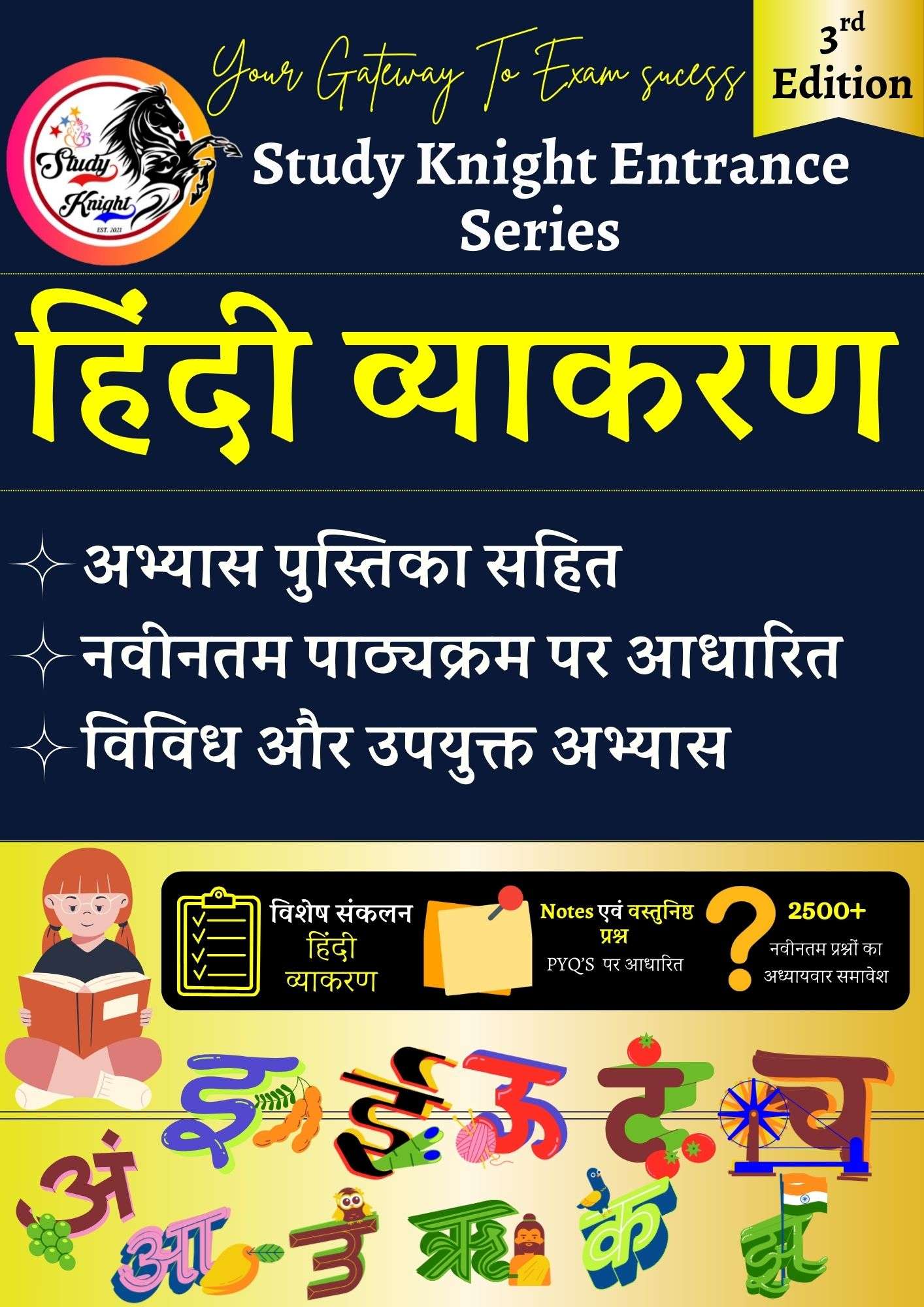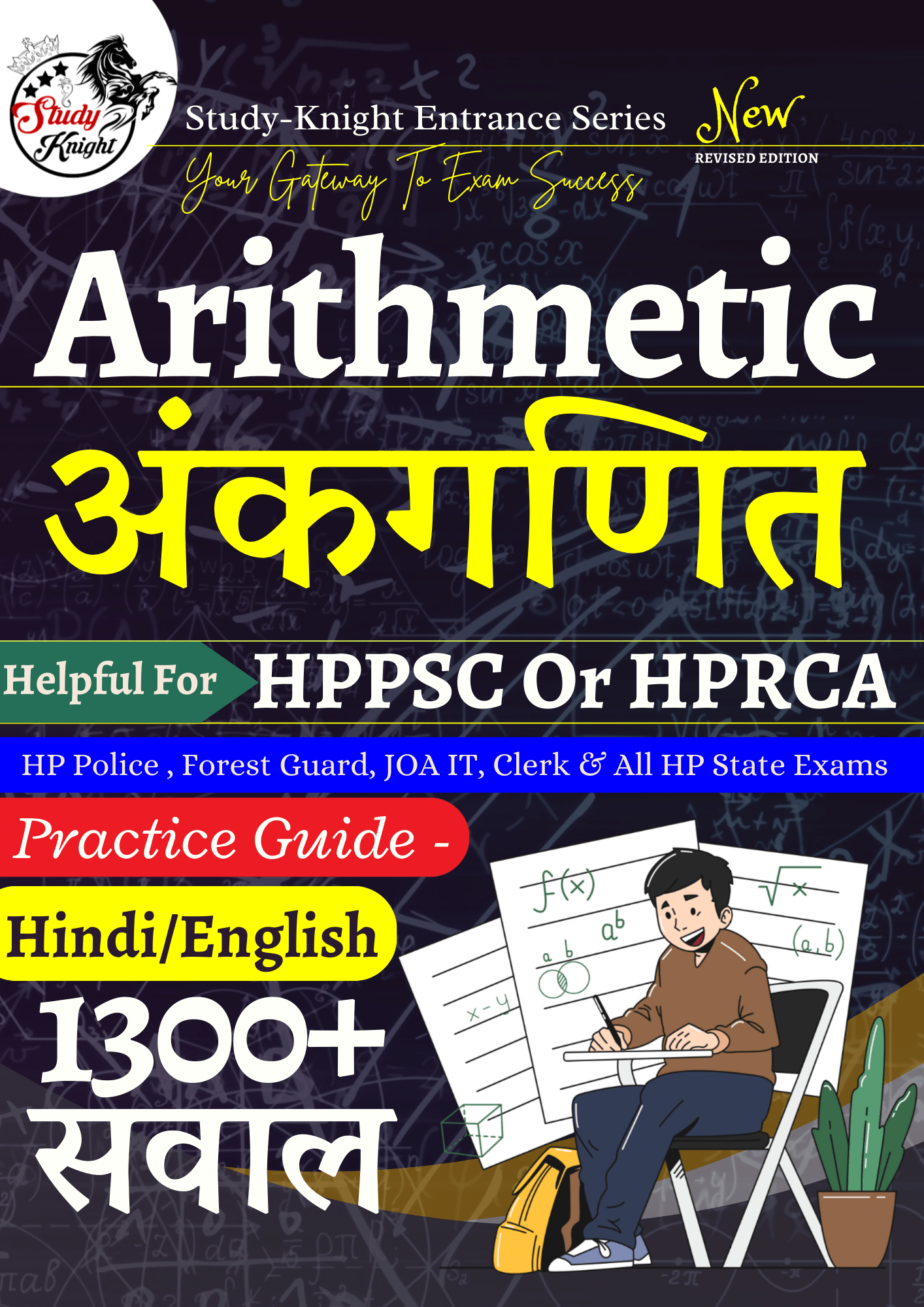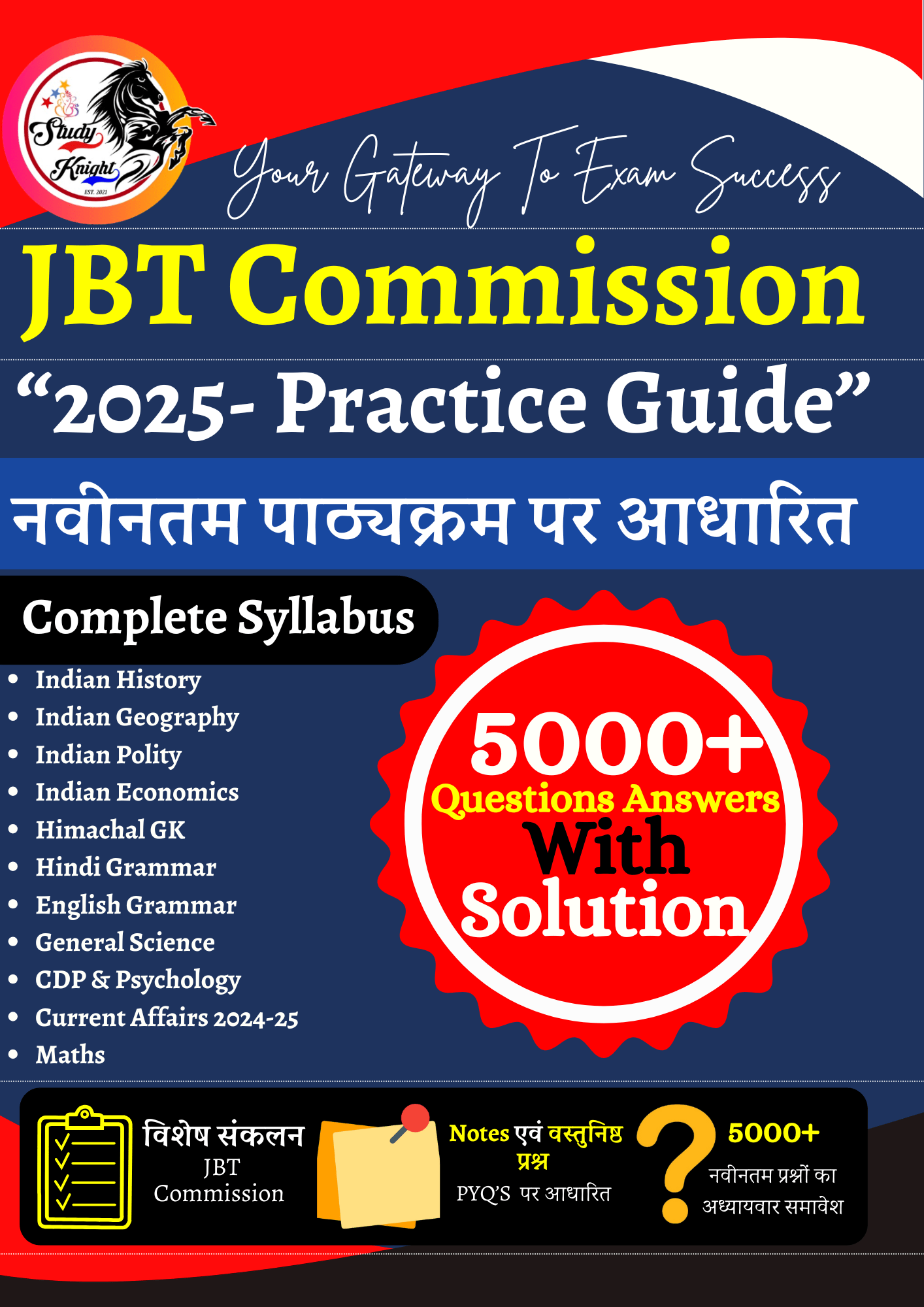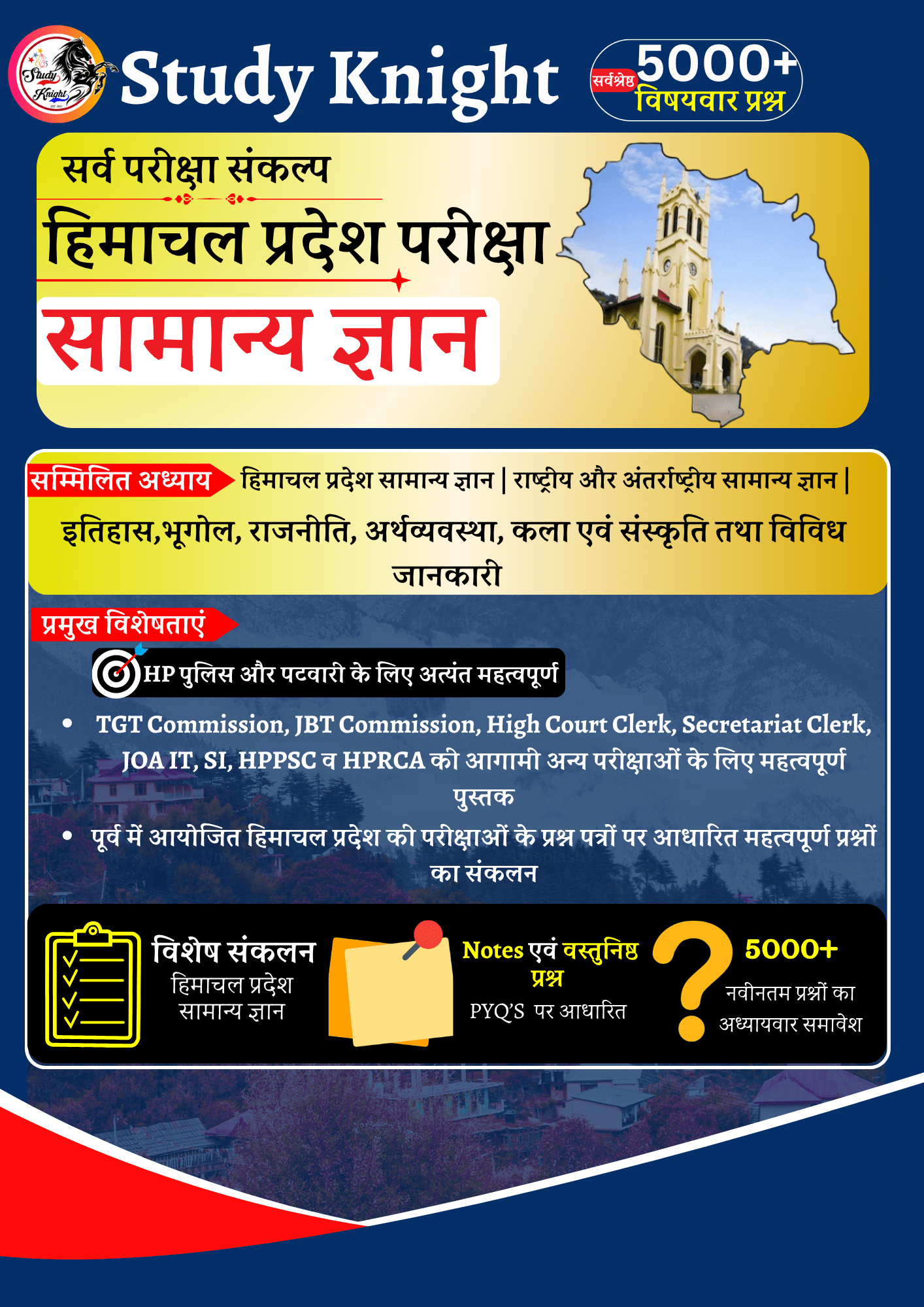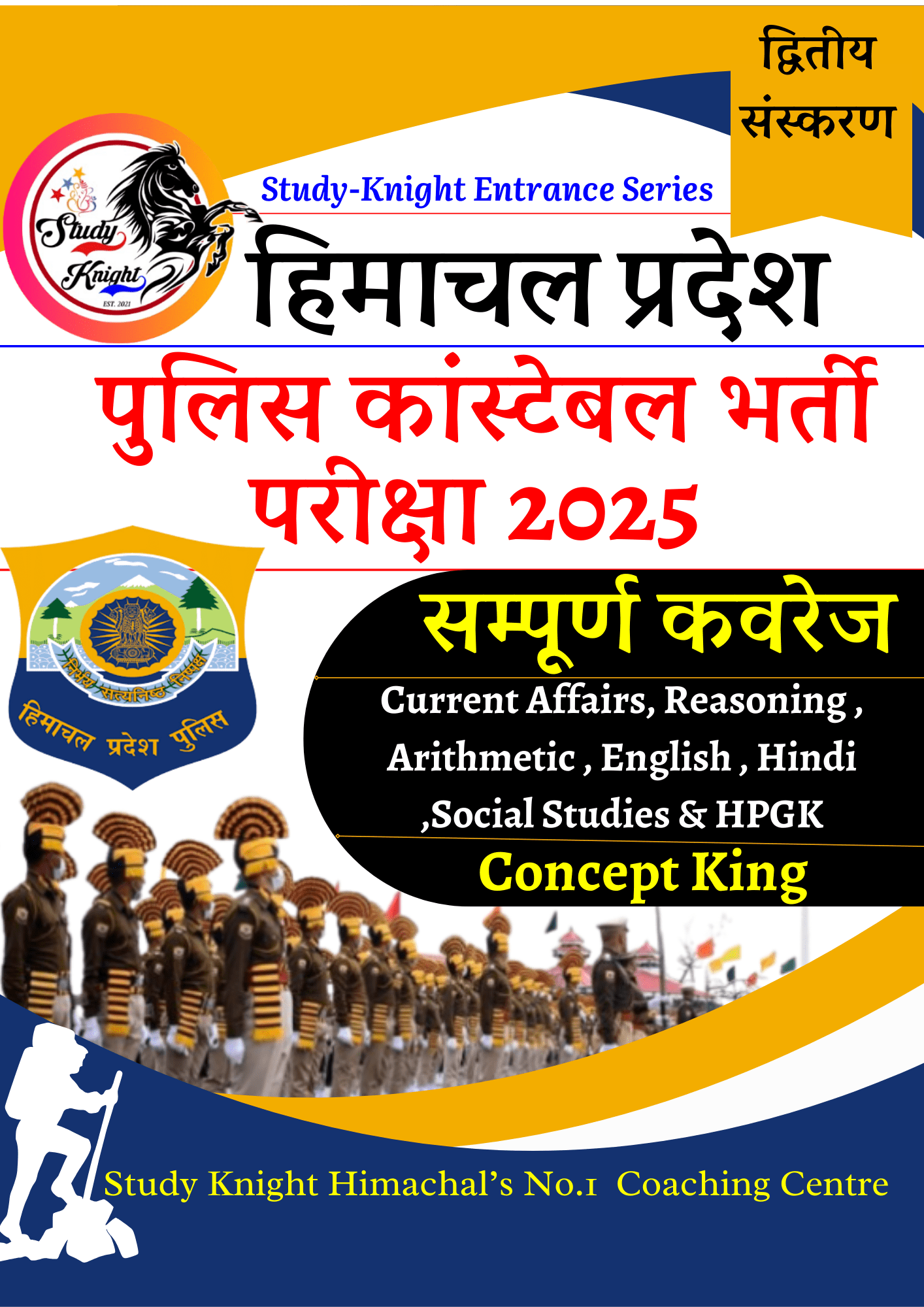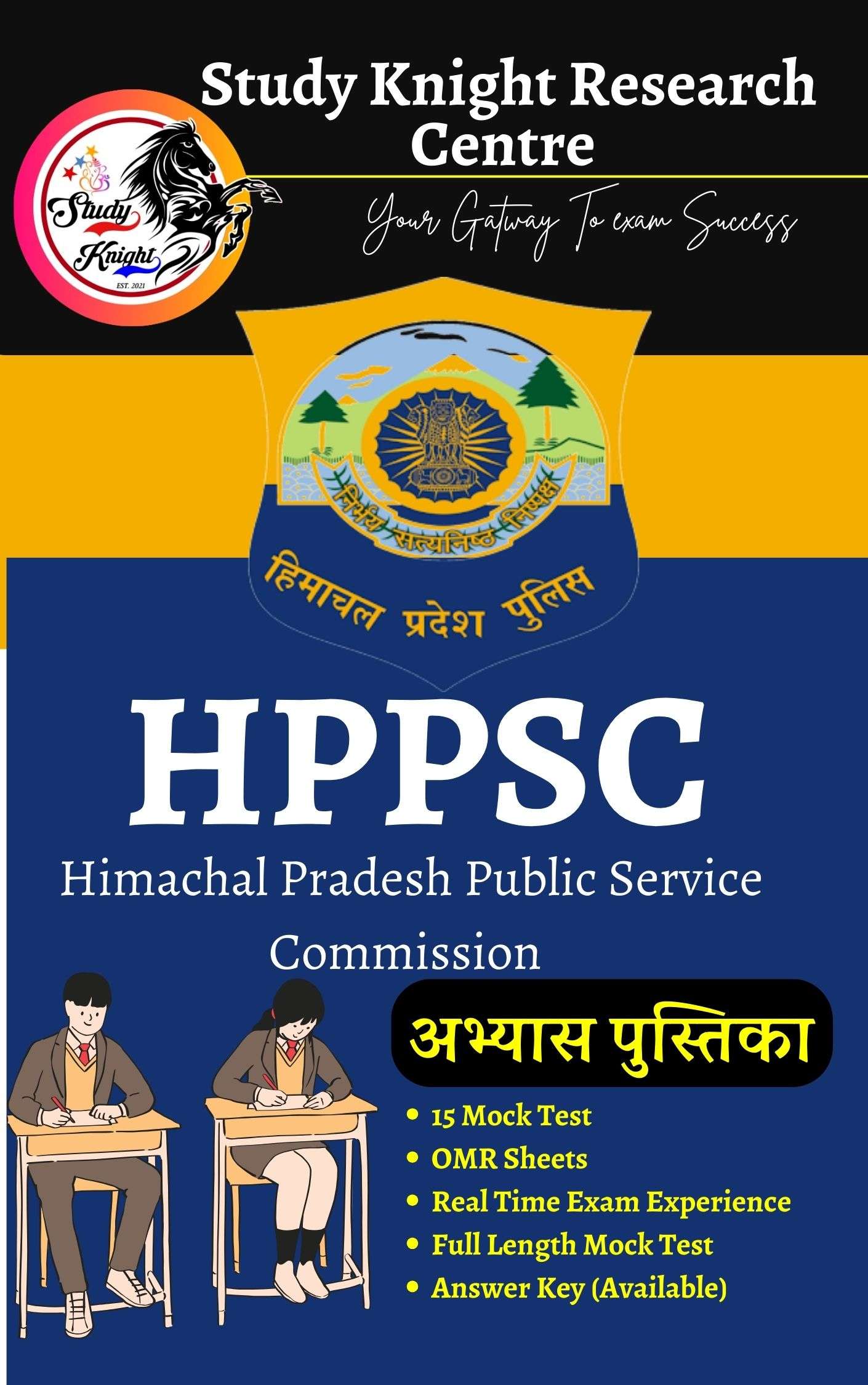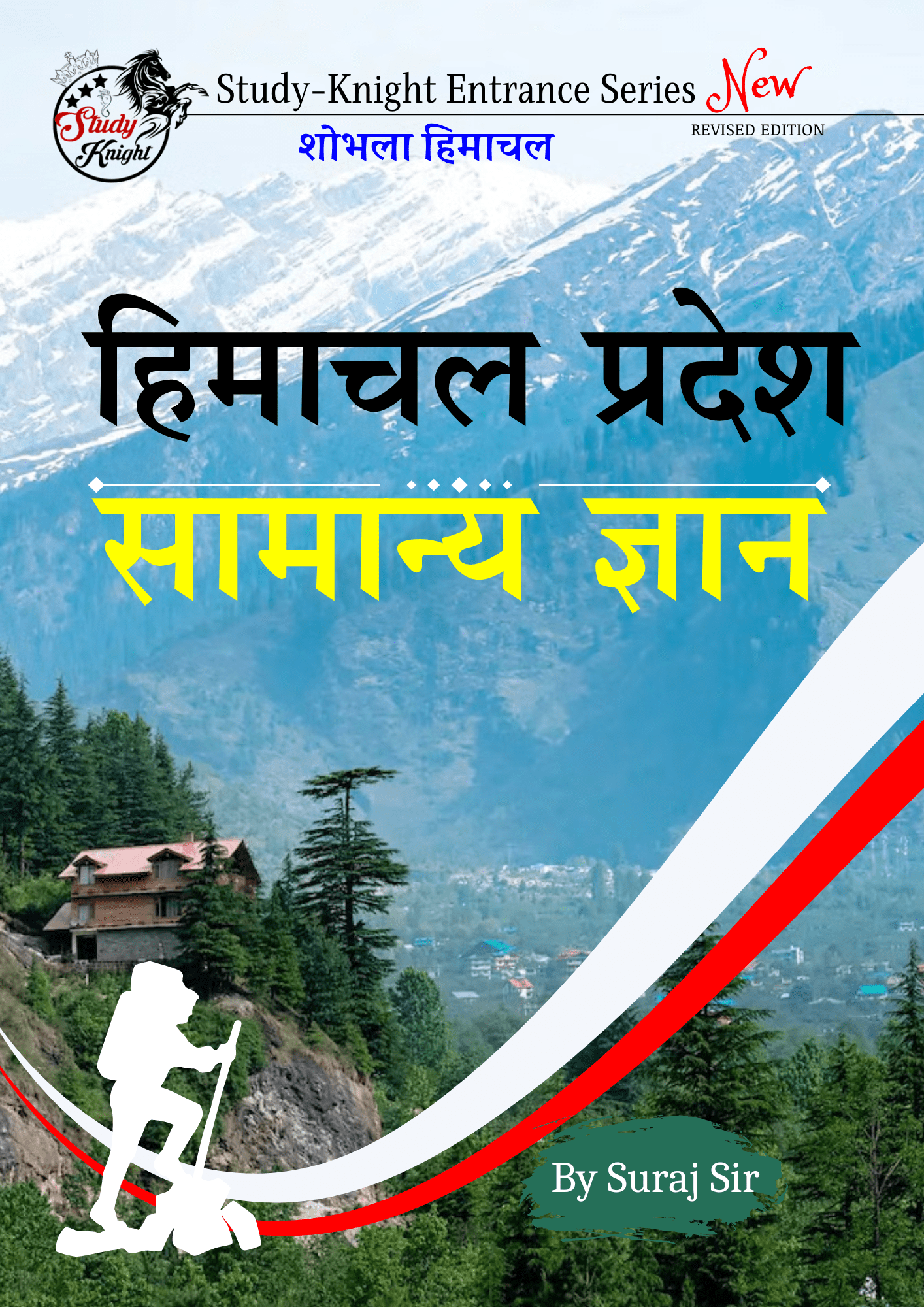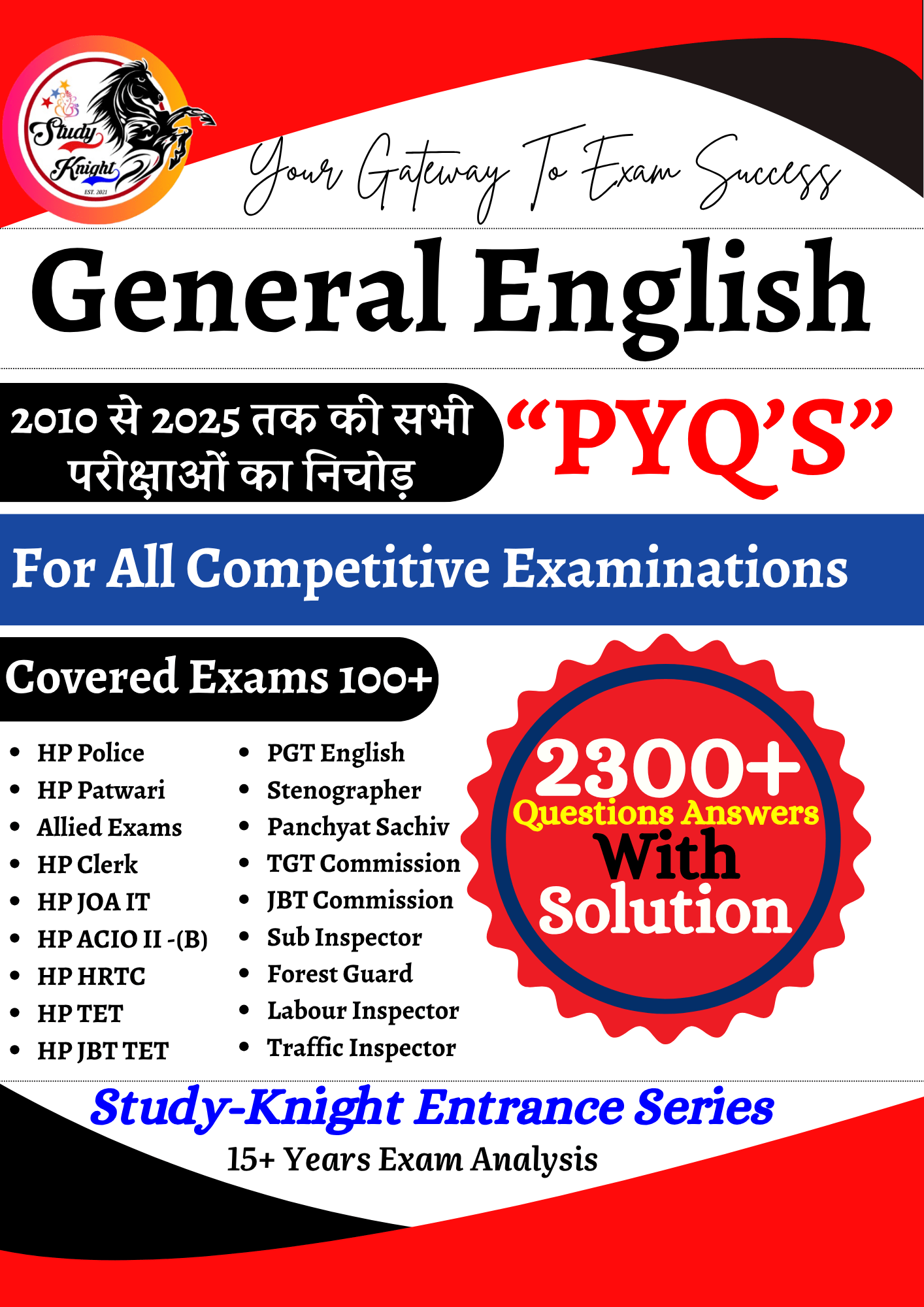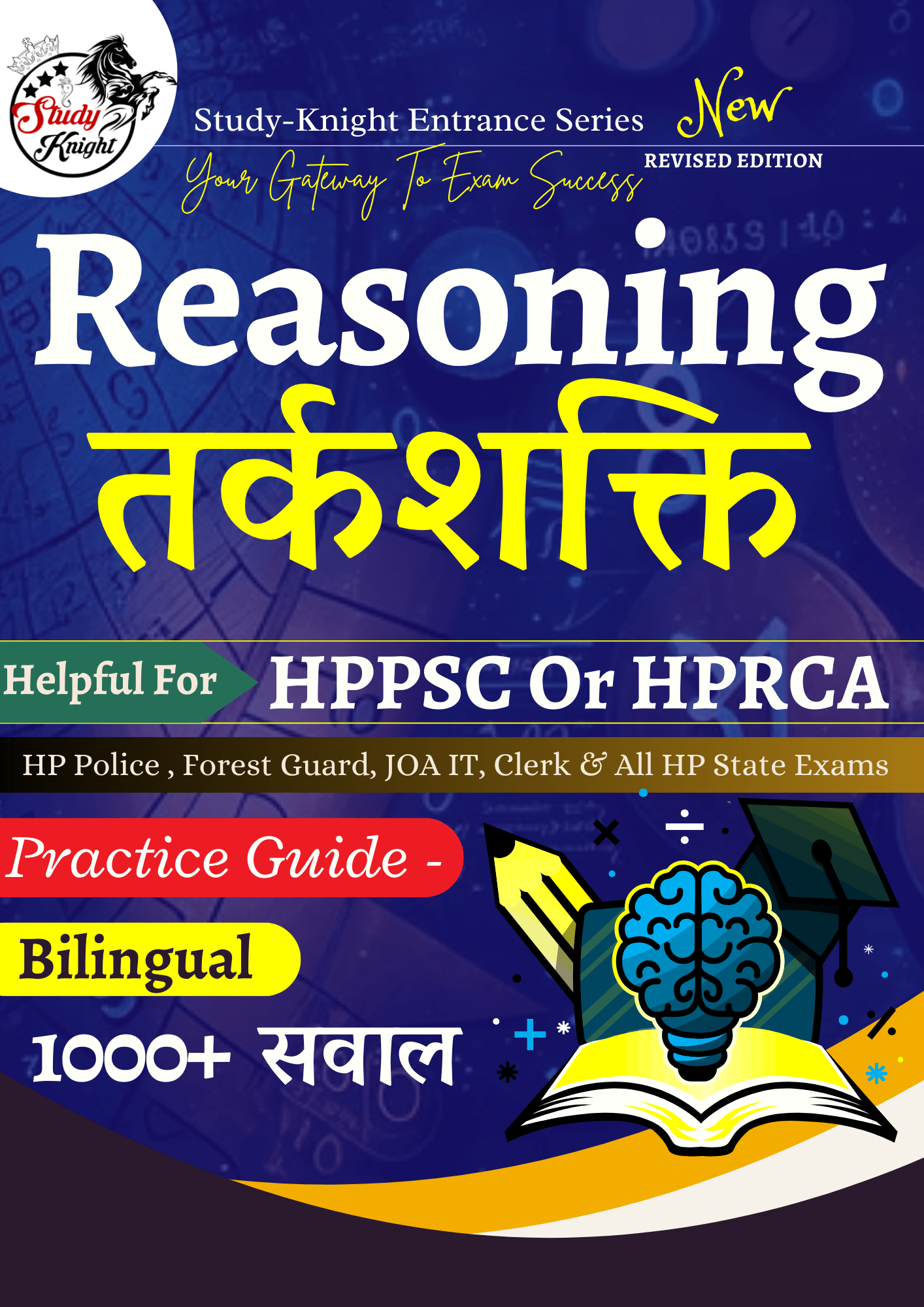Census of District Bilaspur 2011 – in Depth Overview
Also Read This: Brief Geography of Lahaul Spiti
- Population Growth
- The population of Bilaspur district increased by 12.0% during the period from 2001 to 2011.
- Population Rank
- Bilaspur district constitutes 5.56% of the state population and ranks 10th in terms of population among the districts of Himachal Pradesh.
- Literacy Rate
- The district ranks 4th in terms of literacy among the districts of the state, with a literacy rate slightly above the state average of 82.8%.
- Sex Ratio
- Bilaspur district ranks 5th among the districts in terms of sex ratio, with 981 females per 1,000 males, compared to the state average of 972 females per 1,000 males.
- Tourist Attractions
- Govind Sagar Lake: A major tourist attraction and prominent place of interest in the district.
- Bhakra Dam: Located in Naina Devi tehsil, it is the highest straight gravity dam in the world.
- Naina Devi and Shah Talai: Famous pilgrimage centers attracting large numbers of pilgrims from neighboring states.
- Infrastructure
- All inhabited villages in the district are electrified and have bus-accessible roads.
- Economy
- The economy of Bilaspur district is primarily agrarian, with the majority of the population engaged in agriculture and cultivation.
| Category | Details |
|---|---|
| Number of Tahsils | 11 |
| Number of Blocks | 04 |
| Municipal Corporation | 01 |
| Municipalities | 02 |
| Nagar Panchayat | 04 |
| Gram Panchayat | 483 |
| Number of Villages | 708 |
| Total Population | 1,628,202 |
| Urban Population (%) | 582,146 (35.81%) |
| SC Population (%) | 337,420 (20.76%) |
| ST Population (%) | 233,615 (14.37%) |
| Literacy Rate (%) | 74.46% |
| Sex Ratio | 970 females per 1,000 males |
| Child Sex Ratio | 951 females per 1,000 males |
| Number of Households | 355,376 |
| Work Participation Rate | 42.34% |
| Total Area (Square Kilometers) | 3,475.61 |
| Population Density (Sq. KM) | 463 |
This table organizes the data for easy reference and comparison.
Bilaspur Demographics and Statistics
Current Estimates (2024)
| Category | Bilaspur City | Bilaspur Metropolitan |
|---|---|---|
| Estimated Population | 468,000 | 643,000 |
| Literacy Rate (%) | 88.13% | 86.61% |
| Sex Ratio (Females per 1000 Males) | 943 | 942 |
| Child Sex Ratio (Girls per 1000 Boys) | 903 | 909 |
| Number of Slums | 26,552 | N/A |
| Slum Population | 128,794 | N/A |
| Total Population with Slum | 365,579 | N/A |
2011 Census Data
| Category | Bilaspur City | Bilaspur Metropolitan |
|---|---|---|
| Total Population | 331,030 | 453,946 |
| Male Population | 170,410 | 233,702 |
| Female Population | 160,620 | 220,244 |
| Total Literates | 258,636 | 346,169 |
| Male Literates | 139,852 | 188,733 |
| Female Literates | 118,784 | 157,436 |
| Children (0-6) | 37,552 | 54,266 |
| Male Children (0-6) | 19,730 | 28,432 |
| Female Children (0-6) | 17,822 | 25,834 |
Religion Distribution (Bilaspur City)
| Religion | Percentage | Total |
|---|---|---|
| Hindu | 87.58% | 320,180 |
| Muslim | 7.78% | 28,433 |
| Christian | 2.84% | 10,365 |
| Sikh | 1.00% | 3,651 |
| Buddhist | 0.39% | 1,417 |
| Jain | 0.30% | 1,112 |
| Others | 0.04% | 138 |
| Not Stated | 0.08% | 283 |
Future Population Projections (2021-2031)
| Year | Bilaspur City | Bilaspur Metropolitan |
|---|---|---|
| 2011 | 331,030 | 453,946 |
| 2021 | 430,000 | 590,000 |
| 2022 | 442,000 | 607,000 |
| 2023 | 455,000 | 625,000 |
| 2024 | 468,000 | 643,000 |
| 2025 | 482,000 | 662,000 |
| 2026 | 496,000 | 681,000 |
| 2027 | 510,000 | 701,000 |
| 2028 | 525,000 | 722,000 |
| 2029 | 540,000 | 743,000 |
| 2030 | 556,000 | 765,000 |
| 2031 | 572,000 | 787,000 |
This table summarizes the demographic, educational, and religious data of Bilaspur city, as well as projections for future population growth.
Q.1 What is the estimated population of Bilaspur city in 2024?
A. 455,000
B. 468,000
C. 442,000
D. 496,000
Answer: B. 468,000
Explanation: The estimated population of Bilaspur city in 2024 is 468,000.
Q.2 According to the 2011 Census, what was the population of Bilaspur city?
A. 453,946
B. 331,030
C. 365,579
D. 453,946
Answer: B. 331,030
Explanation: The provisional report of Census India states that the population of Bilaspur city in 2011 was 331,030.
Q.3 What percentage of the population of Bilaspur city follows Hinduism?
A. 87.58%
B. 7.78%
C. 2.84%
D. 1.00%
Answer: A. 87.58%
Explanation: Hinduism is the majority religion in Bilaspur city, with 87.58% followers.
Q.4 What is the child sex ratio (girls per 1000 boys) in Bilaspur city?
A. 903
B. 909
C. 951
D. 970
Answer: A. 903
Explanation: The child sex ratio in Bilaspur city is 903 girls per 1000 boys.
Q.5 How many literates were there in Bilaspur city according to the 2011 Census?
A. 346,169
B. 258,636
C. 188,342
D. 346,169
Answer: B. 258,636
Explanation: According to the 2011 Census, Bilaspur city had 258,636 literates.
Q.6 What was the sex ratio (females per 1000 males) in Bilaspur city in 2011?
A. 943
B. 970
C. 951
D. 942
Answer: A. 943
Explanation: The sex ratio in Bilaspur city in 2011 was 943 females per 1000 males.
Q.7 How many slums are there in Bilaspur city?
A. 26,552
B. 31,030
C. 25,000
D. 28,433
Answer: A. 26,552
Explanation: There are 26,552 slums in Bilaspur city.
Q.8 What is the literacy rate for females in Bilaspur city?
A. 83.18%
B. 92.81%
C. 86.61%
D. 80.98%
Answer: A. 83.18%
Explanation: The literacy rate for females in Bilaspur city is 83.18%.
Q.9 What percentage of Bilaspur city’s population follows Islam?
A. 7.78%
B. 87.58%
C. 2.84%
D. 1.00%
Answer: A. 7.78%
Explanation: Approximately 7.78% of Bilaspur city’s population follows Islam.
Q.10 In 2024, what is the estimated metropolitan population of Bilaspur?
A. 590,000
B. 607,000
C. 625,000
D. 643,000
Answer: D. 643,000
Explanation: The estimated metropolitan population of Bilaspur in 2024 is 643,000.
Q.11 What is the future population estimate for Bilaspur city in 2031?
A. 556,000
B. 572,000
C. 540,000
D. 525,000
Answer: B. 572,000
Explanation: The future population estimate for Bilaspur city in 2031 is 572,000.
Q.12 How many children (0-6 years) are there in Bilaspur city according to the 2011 Census?
A. 37,552
B. 54,266
C. 28,432
D. 17,822
Answer: A. 37,552
Explanation: There were 37,552 children aged 0-6 years in Bilaspur city according to the 2011 Census.
Q.13 What percentage of Bilaspur city’s population follows Christianity?
A. 2.84%
B. 7.78%
C. 1.00%
D. 0.39%
Answer: A. 2.84%
Explanation: Christianity is followed by 2.84% of Bilaspur city’s population.
Q.14 According to the 2011 Census, what was the male literacy rate in Bilaspur city?
A. 83.18%
B. 88.13%
C. 92.81%
D. 91.94%
Answer: C. 92.81%
Explanation: The male literacy rate in Bilaspur city was 92.81% according to the 2011 Census.
Q.15 What is the population of Bilaspur city’s slums as a percentage of the total population?
A. 35.23%
B. 40.50%
C. 28.74%
D. 30.15%
Answer: A. 35.23%
Explanation: The slum population is around 35.23% of the total population of Bilaspur city.
Read Also: Breif Geography of Bilaspur District


